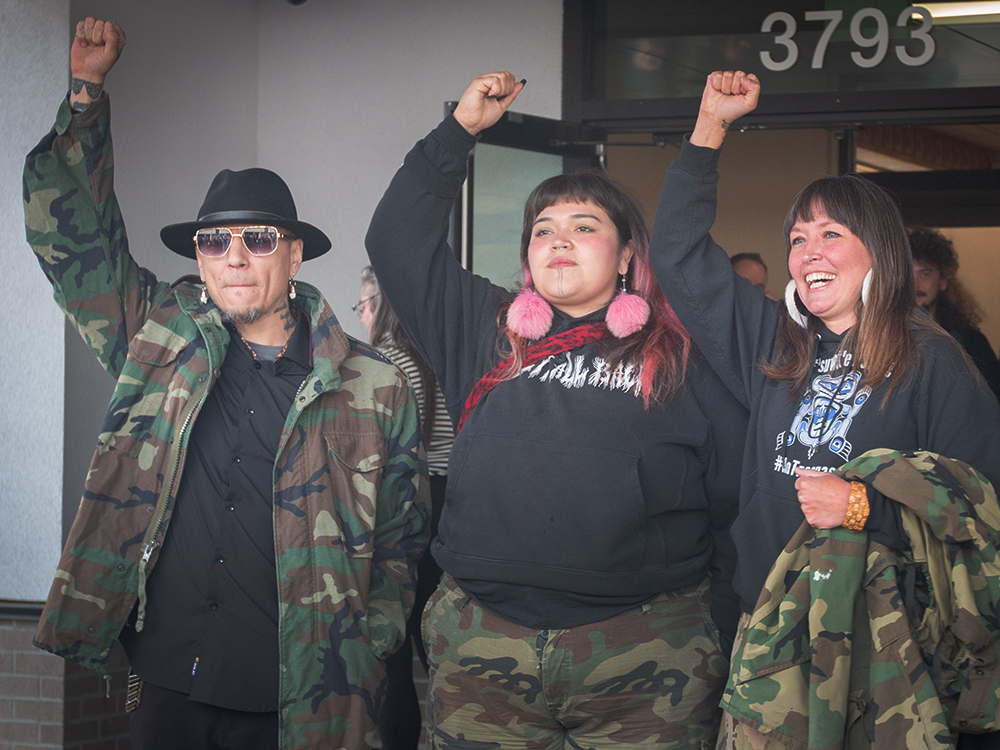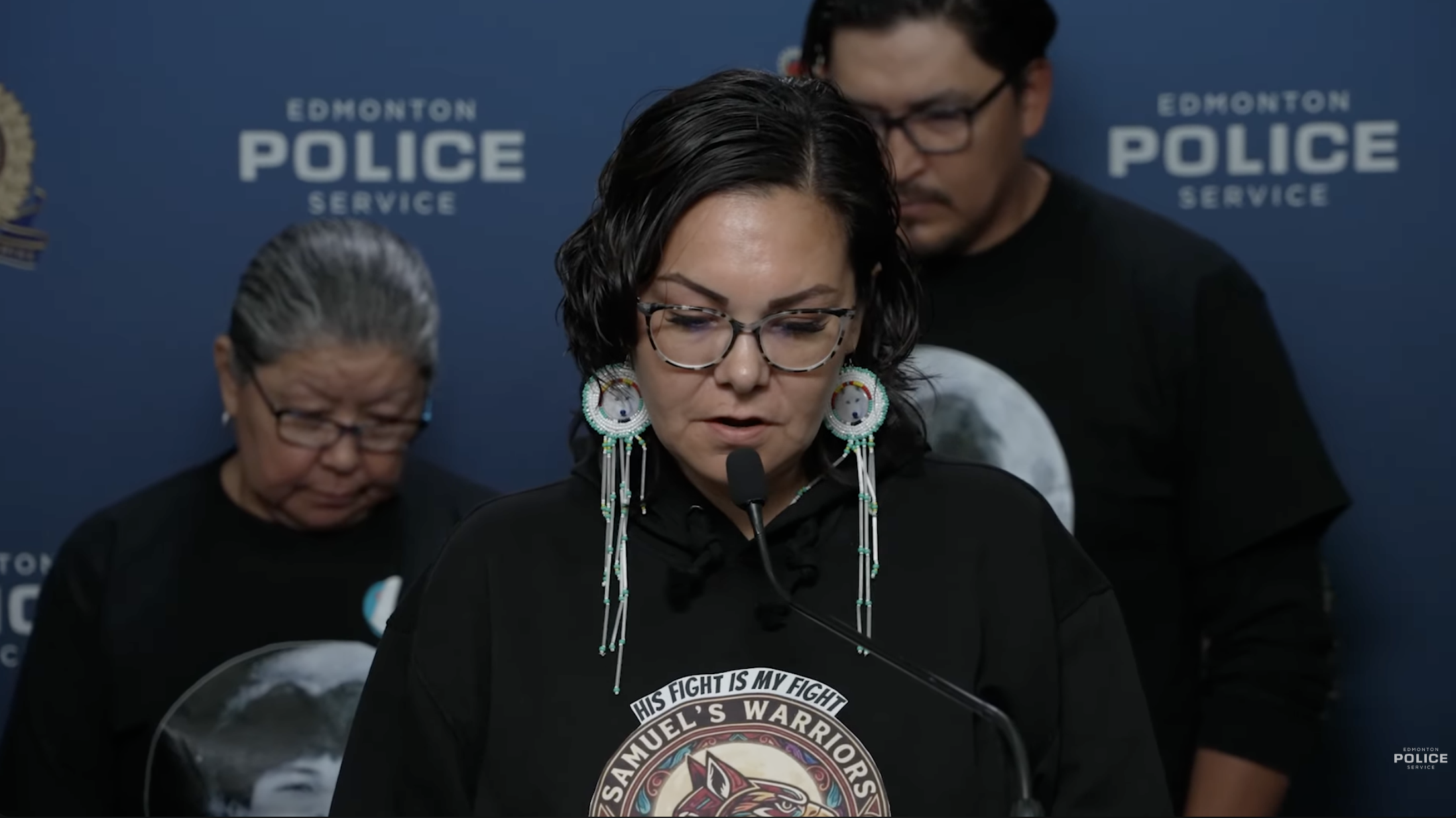As students return to class, here’s how schools are preparing
Breaking down the B.C.’s Ministry of Education’s back to school plan

School is back in session this week in B.C. for most kindergarten to Grade 12 students, despite the ongoing COVID-19 pandemic. This means that a lot of changes are to be expected when it comes to practicing safety measures in the classroom, including structure and learning styles.
To prepare for the new school year, the B.C. Ministry of Education has laid out a plan so that parents and students can know what to expect.
The plan, for public, independent and First Nations schools, is titled the “Five Stages Framework” for kindergarten to Grade 12, and is as follows:
Stage 1 – Learning as usual, full-time in class
Stage 2 – Limited learning groups, full-time in class
Stage 3 – In-class and remote learning
Stage 4 – Remote learning with exceptions
Stage 5 – Remote learning for all
This may be confusing for some parents as B.C.’s Restart Plan is set up the opposite way.
Its version of Phase 4 means business as usual and reopening the province’s doors for international tourism. This phase, of course, is dependent on national and international case numbers dropping, and the availability of a COVID-19 vaccine or treatment. This might still be a ways away with the World Health Organization actively coordinating efforts to develop vaccines and medicines to prevent and treat COVID-19. A vaccine may not be fully administered until 2021.
Schools will only enter their version of Stage 1, as described above, when the province enters Phase 4 of the Restart Plan.
Breaking down the stages
The hope is that students will be able to soon go from where they are now, in Stage 2, to Stage 1. But in the event that a move into a Stage 3, 4 or 5 is necessary, below are more details on how these will operate and what parents and students can expect.
Stage 1:
Full-time in-class instruction will take place for all students in all grades. There will be no learning group requirements. Schools will not enter Stage 1 until the province moves to Phase 4 of the B.C. Restart Plan, which will depend on the availability of a vaccine or treatment.
Stage 2:
Learning group sizes will range from 60 (in elementary and middle school classes) to 120 (in secondary classes). Full-time instruction will take place for all students for the maximum instructional time possible within learning group limits.
Stage 3:
Learning group sizes will range from 30 (in elementary and middle school classes) to 60 (in secondary classes). Full-time instruction will be available for children of essential service workers, students with disabilities/diverse abilities and students who require additional supports. All other students will receive in-class instruction within learning group limits, along with self-directed and remote learning.
Stage 4:
All learning groups will not exceed 30 students. Full-time instruction will be available for children of essential service workers, students with disabilities/diverse abilities and students who require additional supports. All other students will receive in-class instruction within learning group limits, along with self-directed and remote learning.
Stage 5:
Self-directed and remote learning only.
What happens if and when the B.C. government announces a move into a different phase?
If there’s an increase in cases connected to schools reopening, the Ministry of Education will look at moving into one of the higher phases as listed above. Until then, the details are unclear of what exact factors could lead to moving into a different phase. There are many that might be considered, including a rise or drop in the number of cases, and whether the B.C. Centre for Disease Control (BCCDC) school safety guidelines are being adequately followed.
The guidelines state that schools will be using a cohort system, which will allow for smaller learning groups in elementary and middle schools. This is due to younger children being less able to consistently follow and implement safety measures, such as hand hygiene, reducing physical contact and recognizing and articulating symptoms of illness.
According to WorkSafeBC, workplaces are required to develop a COVID-19 safety plan that outlines the policies, guidelines and procedures they have put in place to reduce the risk of COVID-19 transmission for all employees.
Employers must involve frontline workers, joint health and safety committees and supervisors in identifying protocols for their respective workplace, which is what each school district will also be rolling out. However, some protocols will remain the same across the board.
Responsibilities for parents are listed on B.C’s Back to School Plan, and include keeping your child home when sick or when they show any symptoms, encouraging them to practice social distancing and mask wearing, and conducting health screenings at home.
Earlier this summer, the B.C. Centre for Disease Control released a hierarchy of infection prevention and exposure control measures, which are a helpful guide for determining what the most effective measures are moving forward.
They are as follows, from most effective to less effective:
- Orders from the Provincial Health Officer, improved testing and contact tracing.
- Environmental measures, including remaining outdoors as much as possible while interacting, physical barriers, visual cues for traffic flow and more frequent cleaning and disinfection.
- Administrative measures, including changes in scheduling and work practices, health and wellness policies, and placing students and staff in cohorts.
- Personal measures, including staying home when sick, maintaining physical distance/minimizing physical contact and hand hygiene.
- Wearing personal protective equipment, including gloves and masks.
Children who are at higher risk of severe illness from COVID-19 can still receive in-person instruction. Parents and caregivers are encouraged to consult with their health-care provider to determine their child’s level of risk. Additional information is available at the B.C. Centre for Disease Control.
Author
Latest Stories
-
‘Bring her home’: How Buffalo Woman was identified as Ashlee Shingoose
The Anishininew mother as been missing since 2022 — now, her family is one step closer to bringing her home as the Province of Manitoba vows to search for her
-
Land defenders who opposed CGL pipeline avoid jail time as judge acknowledges ‘legacy of colonization’
B.C. Supreme Court sentencing closes a chapter in years-long conflict in Wet’suwet’en territories that led to arrests
-
Samuel Bird’s remains found outside ‘Edmonton,’ man charged with murder
Officers say Bryan Farrell, 38, has been charged with second-degree murder and interfering with a body in relation to the teen’s death













